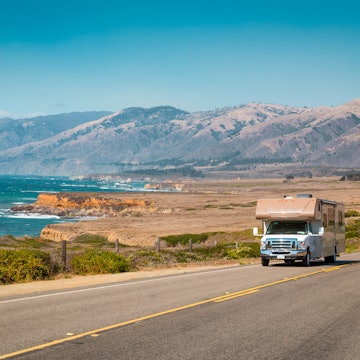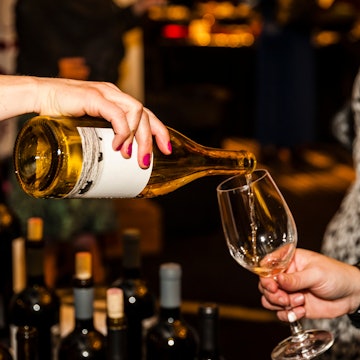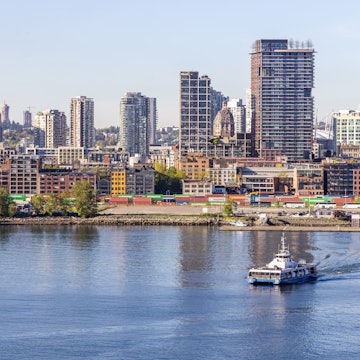
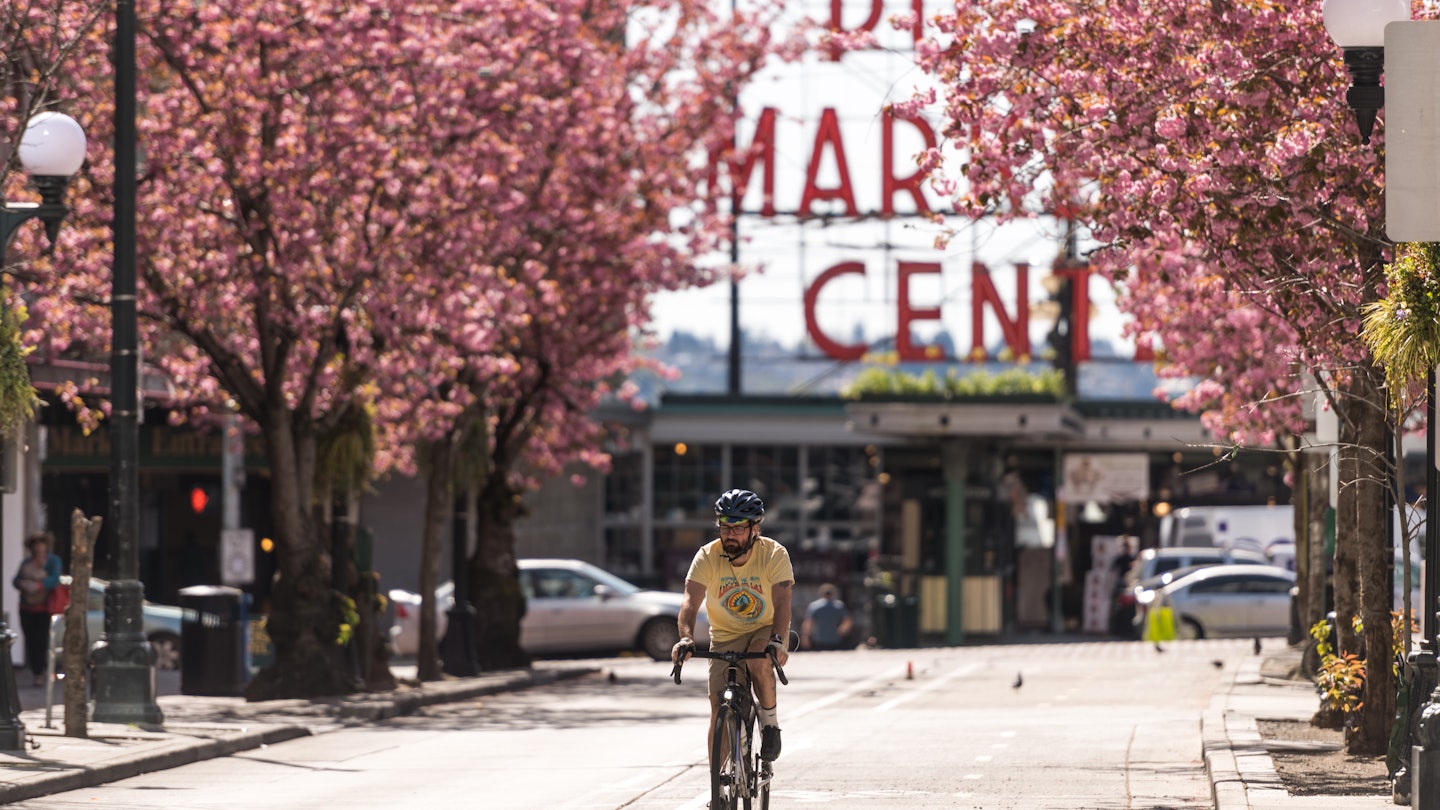
Pike Place Market. Getty Images
As in most big cities, the side of Seattle that you’ll see depends on the parts you visit. Each area has something unique, whether you want to see the sights, experiment with the food scene, check out local bands or browse in interesting shops.
Having a basic idea of the Seattle neighborhoods that most interest you will make any trip infinitely easier. To start, go to Queen Anne for spectacular views, Capitol Hill for nightlife, Fremont for quirky art, Seattle Center for the sights and the U District for shopping. But there are plenty more as well. You might not get to all of Seattle's top neighborhoods in one visit, but here are the best spots to start your explorations.

1. Ballard
Best for the food scene
A former seafaring community with Nordic heritage, Ballard still feels like a small town engulfed by a bigger city. The area has come into its own as one of the better food neighborhoods in Seattle.
The commercial heart of Ballard stretches out on either side of NW Market St between roughly 14th Ave NW and 32nd Ave NW. The selection of exciting restaurants and lively bars is ever expanding, though longtime faves like pizza joint Delancy and its sibling bar, Essex, spill outside those boundaries.
The blocks closer to the water contain many of the neighborhood’s most charming historic buildings. The far west side is bordered by the Puget Sound and has staggering views of the Olympic Peninsula. On the southwestern edge, you’ll find the Hiram M Chittenden Locks, from which you can continue south over the water to the hiking trails of Discovery Park.
Don’t miss the unconnected western section of the recreational Burke-Gilman Trail, which stretches 1.75 miles (under 3km) from the Hiram M Chittenden Locks to Golden Gardens Park and takes in the quieter side of Ballard, facing the open sound.
Where to eat: You can find everything from fresh seafood at the Walrus and the Carpenter to Oaxacan flavors at La Carta de Oaxaca. In a nod to Ballard’s Scandinavian heritage, order some mead at Skål Beer Hall, a few blocks east of the Nordic Museum.
Where to stay: Due to its distance from the central attractions, Ballard isn’t the best location for accommodations if you’ve never been to Seattle before. Still, the neighborhood has a handful of good options, including the Ballard Inn, an intimate hotel right on the main drag; the rooms are simple but clean and well-appointed. The more expensive Hotel Ballard is a glittering designer hotel.

2. Capitol Hill
Best for nightlife
To decipher the simultaneously chic and scruffy Capitol Hill, Seattle’s most diverse and consciously cool neighborhood, it’s helpful to understand a little of its geography. There are three main commercial strips worth exploring: Broadway (the main drag), 15th Ave and the ultracultural Pike–Pine corridor. The strips are gelled together by the residential grid (a mixture of apartment complexes and grandiose houses) and the green expanse of Volunteer Park and its photogenic vantage points of the Space Needle.
Capitol Hill is refreshingly walkable – if you don’t mind hills. If you’re coming from downtown, crossing I-5 on E Pine St, you’ll enter the neighborhood close to Melrose Market at the western end of the Pike–Pine corridor. This stretch of aging brick warehouses and former car dealerships has been made over as Seattle’s nightlife central, with LGBTQI+ bars, music venues, coffeehouses, record stores and fashionable restaurants.
Perpendicular to Pike–Pine is Broadway. Several blocks east is the quieter district of 15th Ave, where grand old mansions embellish tree-lined streets. Gaze at the opulence on 14th Ave (aka Millionaire Row) as you make your way up to Volunteer Park, home to the Seattle Asian Art Museum, a conservatory and a water tower. In the nearby Lakeview Cemetery, you’ll find the graves of Bruce and Brandon Lee.
Where to eat: For a bite on the go, Yalla makes some of the best wraps in town. If you eat shellfish, you can’t go to Seattle and skip a platter of freshly shucked oysters; Taylor Shellfish Oyster Bar has a tiny outpost on Capitol Hill.
Where to stay: Capitol Hill is a good choice if you want to stay near the action and don’t need absolute quiet at night. The neighborhood has plenty of guesthouses and short-term rentals, but if you prefer a traditional accommodation, try Cecil Bacon Manor. The four-level B&B is on a quiet residential street just past the Capitol Hill action.
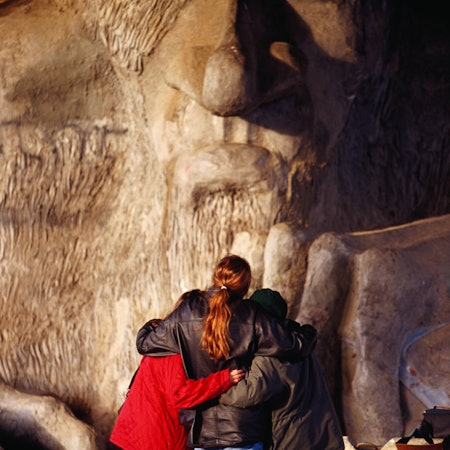
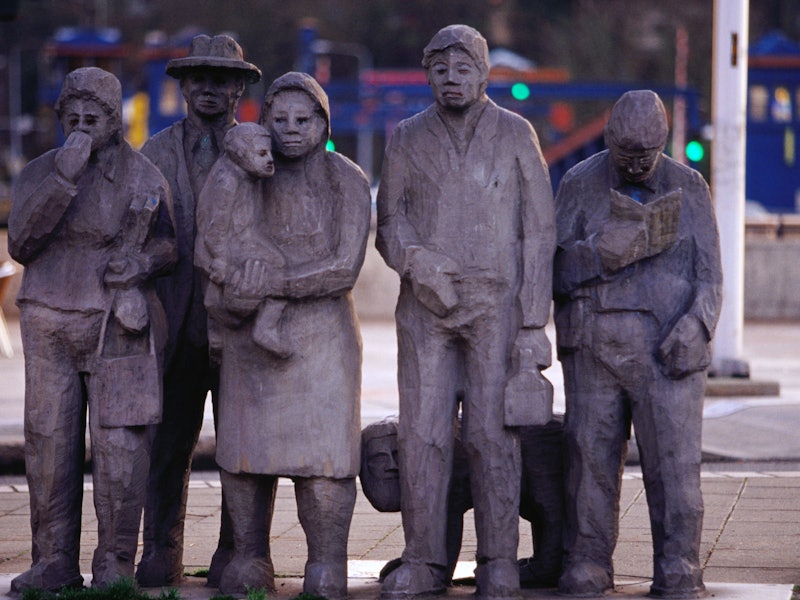
3. Fremont
Best for public art
Fremont’s essential characters are its public sculptures. Most of its outlandish statues and monuments are clustered around a few square blocks on the neighborhood's southern edge, roughly between the water and NW 36th St, stretching to Aurora Ave N and Phinney Ave N.
Here, you’ll also find the bulk of the notable restaurants (like Lupo), offbeat boutiques and the cheaper and more interesting of Fremont’s two hotels, Hotel Hotel. (The other is a chain hotel further north on Aurora Ave.)
Weirder than Ballard and more self-deprecating than Capitol Hill, Fremont is a taste of local life, especially in summer, when festivals and outdoor movies render residents positively delirious.
Where to eat: Local Tide is a small casual place, with seafood classics like fried oysters and fish sandwiches. On the upscale side, RockCreek Seafood & Spirits sources its dishes from ethical fisheries.
Where to stay: With good bus connections and a bike-friendly trail, Fremont can easily be incorporated into visits to the adjacent Ballard and Wallingford. Hotels are few in this neighborhood, but you can generally find a short-term rental.
4. Belltown and Seattle Center
Best for barhopping and sightseeing
Where industry once roared, glassy condos now rise in the thin, walkable strip that is Belltown. Near the Seattle Center – the site of the 1962 World’s Fair and many of the city's top things to do, such as the Space Needle, Museum of Pop Culture and Chihuly Garden and Glass – Belltown is a retreat for tourists and families, its green lawns and fountains a soothing contrast to the bustle of downtown.
Since the 1990s grunge heyday, Belltown has earned its reputation as one of the better nightlife neighborhoods in Seattle, but these days it’s more renowned for its 100-plus restaurants. A few of the grunge-era landmarks are still in business, but distorted guitars now compete with the chatter of the cocktail crowd. Whatever your preferences, Belltown’s after-dark scene is hip and noisy, and rarely stands still.
Belltown is right on the water, and this is where you’ll find the ferries to the San Juan Islands and Victoria, British Columbia. Its southernmost corner borders Pike Place Market.
Where to eat and drink: Capitol Hillers might disagree, but Belltown’s main nightlife zone (1st and 2nd Aves between Blanchard and Battery Sts) is the top stretch to string together a barhopping evening out.
Where to stay: Belltown is a great location to stay if you’re a first-time visitor to Seattle. It’s not the quietest part of the city, but it offers plenty of options, from waterfront hotels like Edgewater, with its own place in rock history, to hip and (allegedly) haunted bargains like the Moore Hotel. For stays close to the iconic Pike Place Market, opt for the Thompson or the Inn at the Market.
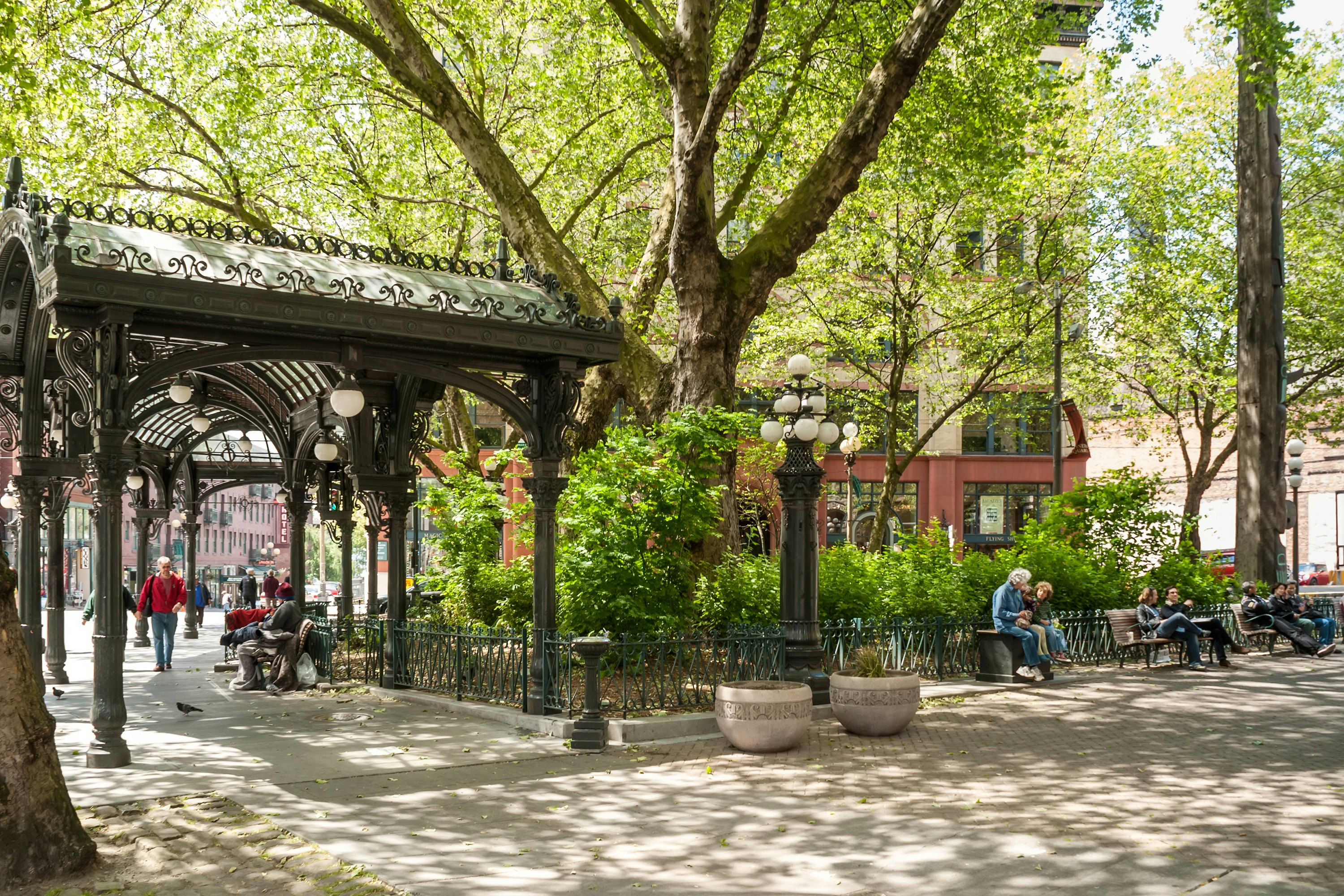
5. Pioneer Square, International District and SoDo
Best for variety
Browsing the Pioneer Square Historical District is like visiting a movie set of early 20th-century Seattle, except the food and shopping are better. This area is the birthplace of Seattle, and the red brick buildings, antique shops and musty bars are still a real crossroads of the modern city.
Some visitors arrive by long-distance bus or train at King Street Station, a good place to get oriented, thanks to its proximity to a trio of squares. A few blocks west of the station and east of the Pier 50 Seattle Dock is Pioneer Square Park, an architectural showpiece.
Nearby Occidental Park was given a beautiful facelift and has become a favorite spot with locals. Seek out Zeitgeist Coffee around the corner for your first (and possibly best) cup of Seattle coffee. Take time to wander the streets afterward and admire the handsome architecture.
East of King Street Station is the International District (ID), Seattle’s de facto Chinatown, though there's a strong Vietnamese presence and a few reminders of the city’s once thriving Japanese community, which has never recaptured its pre-WWII vibrancy after its citizens were imprisoned during the war. Exhibitions at the Wing Luke Museum of the Asian Pacific American Experience include both art and the preserved apartment of a Seattle immigrant. Less obvious treasures include a massive Japanese department store and the Seattle Pinball Museum.
Get to sprawling SoDo (South of Downtown) by strolling south on 1st Ave S. Beyond the two stadiums, you’ll stumble upon rugged bars, weed dispensaries, the Westland whiskey distillery and the little-known Living Computers: Museum and Labs, founded by Microsoft's Paul Allen.
Where to eat: The ID is the perfect spot for inexpensive food. Dim sum and pho predominate. The casual chain Dough Zone Dumpling House and the mom-and-pop Szechuan Noodle Bowl both have full menus of crave-worthy veggie dumplings, green onion pancakes, soup dumplings and other classics.
Where to stay: This part of Seattle offers little in terms of accommodations, other than a couple of chain hotels. Rooms at the Best Western Pioneer Square Hotel use period decor. Nightlife, restaurants, shopping and the city’s scenic waterfront are just steps from the door, and you won't have to walk more than a few blocks to find public transportation connections.

6. Queen Anne and Lake Union
Best for skyline views
At some point during your Seattle sojourn, when you want (or need) to exit the tourist-heavy Seattle Center, just deposit yourself on one of the thoroughfares of Lower Queen Anne for a cheap meal or an eye-widening dose of Seattle coffee culture.
To get a view of the posher side of the neighborhood, take a steep hike (or jump on a bus) up Queen Anne Ave N, aka the Counterbalance, to a markedly different neck of the woods and some of the best views of the Seattle skyline.
East of Queen Anne is the freshwater Lake Union, perfect if you’re in the mood for a paddle.
Where to eat: Toulouse Petit brings Cajun-Creole food, decor and ambience to Queen Anne. Paju serves modern takes on Korean dishes.
Where to stay: Because Queen Anne and the neighborhoods around Lake Union are mainly residential, there’s little to be had in terms of accommodations, and the rates are what's to be expected for some of Seattle’s most affluent neighborhoods. We recommend the MarQueen Hotel, located in a classical apartment building, or the Maxwell Hotel, located in Lower Queen Anne. The latter has a huge chic lobby with a floor mosaic and colorful furnishings.
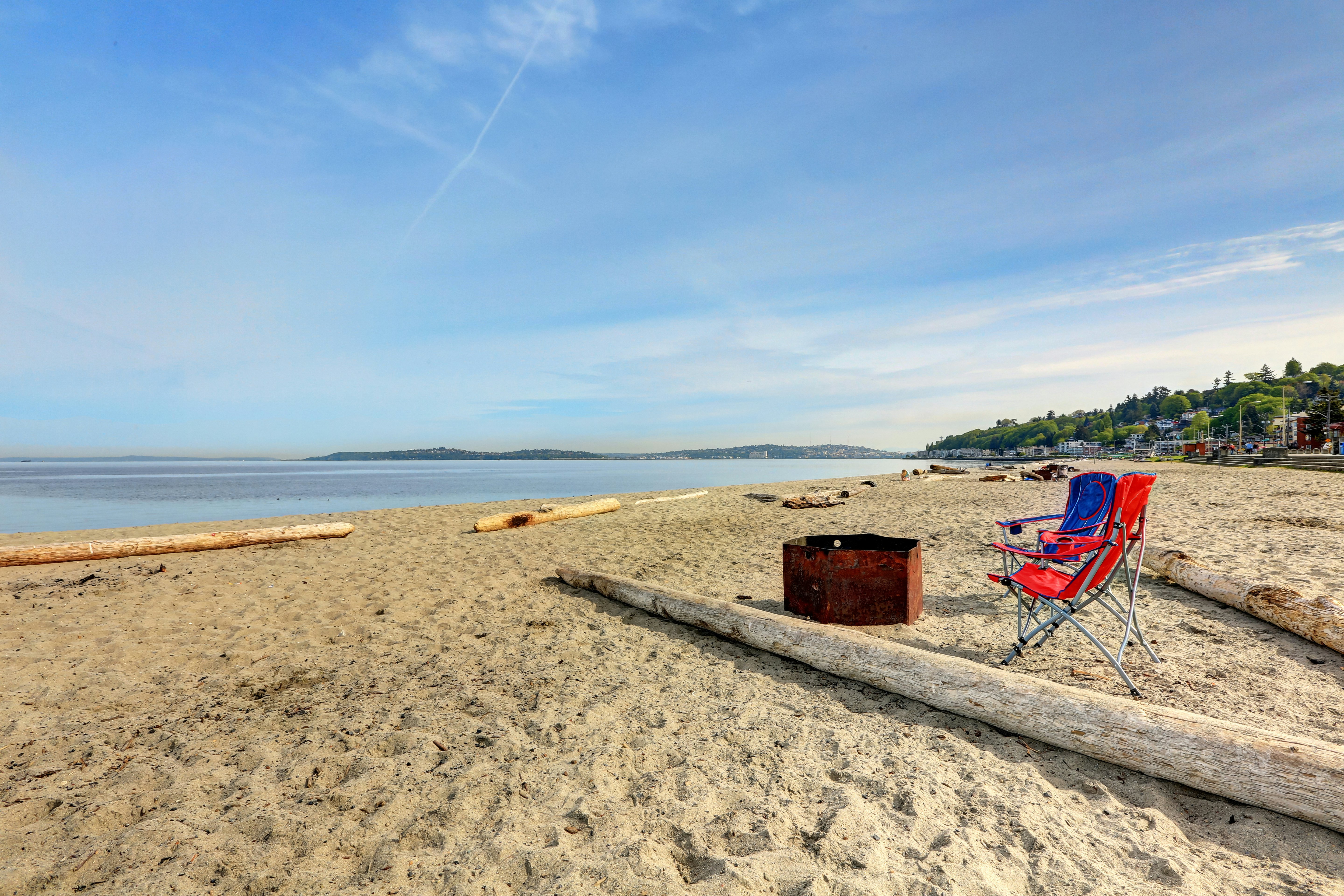
7. Georgetown and West Seattle
Best for families
Located south of downtown, Georgetown and West Seattle feel detached from the center by the glassy expanse of Elliott Bay and SoDo’s utilitarian warehouses.
Because transportation connections to downtown are better than those between the two neighborhoods, they’re often visited separately. Georgetown’s art walks, punk scene and quirky stores can be incorporated with a visit to the Museum of Flight, whereas West Seattle works as a weekend getaway, courtesy of sandy Alki Beach. Spread over a hilly peninsula, the neighborhood spins on two hubs: the Junction, at the intersection of California Ave SW and SW Alaska St, where an indie record store, one-in-a-million bakery and smattering of restaurants converge, and the beach and its promenade. Free shuttles from the water taxi dock connect with both.
Where to eat: The West Seattle Farmers Market is held every Sunday. Pull together a spread of organic fruits and vegetables, handcrafted cheeses and baked goods, or hit the food trucks for hot meals, snacks and drinks.
Where to stay: Neither Georgetown nor West Seattle has much to offer in terms of accommodations. You’re better off staying downtown or heading further south to the chain hotels around Sea-Tac Airport.
8. U District
Best for shopping
Head east off I-5 north of Lake Union and suddenly you’ll feel as if you’re no longer in Seattle. The U District, named for U Dub (what locals call the University of Washington), is its own little college town. Just like you, most of the people here are visitors – they’re merely staying a bit longer (several semesters or more).
Nearly everyone gets oriented in the U District on the Ave – University Way, roughly between 40th and 50th Sts. This atmospheric main drag is full of tiny restaurants, thrift stores, record stores, secondhand bookstores, tattoo parlors, bars and coffee shops full of deadline-chasing, laptop-gazing students.
Reserve a sunny day to explore the adjacent UW campus, a veritable arboretum and architectural showcase with a couple of top-notch museums focusing on art and natural history. You could lose yourself in the cavernous University Book Store, which takes up an entire city block.
Where to eat: The sheer number of inexpensive places to eat, especially Indian and southeast Asian cuisines, makes the Ave a great place to find a budget-friendly and tasty meal.
Where to stay: The U District has a good range of hotels, from the newer kid on the block, the Graduate, which has eclectic designs and a stunning rooftop bar, to more affordable options full of character, like the College Inn. Fair warning: rowdy college students on the way back from a night of debauchery may keep you awake at night.











